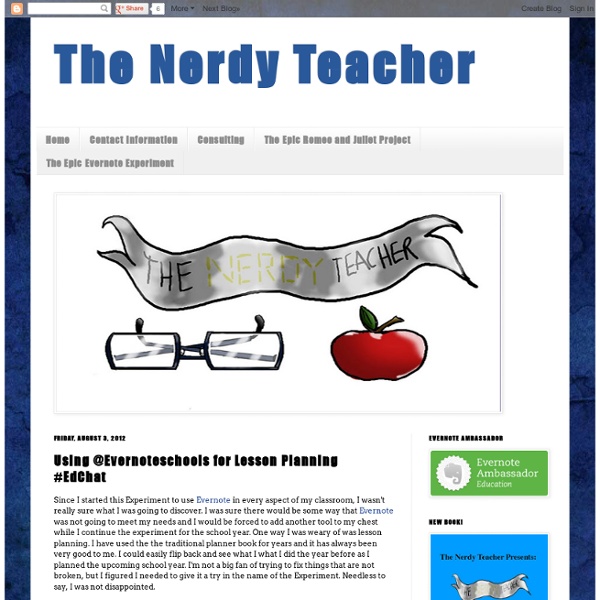Using @Evernoteschools for Lesson Planning

Related:
Related:



